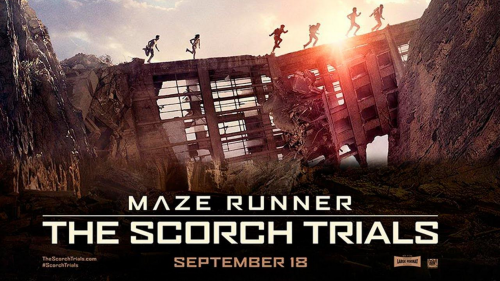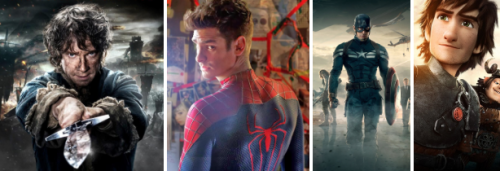This is a guest post by Maria Ramos.
If book sales and box office numbers are any indication, young adults love their dystopian fiction. So much so that the creative powers that be are intent on keeping the momentum going with more and more additions to this fairly recent genre phenomenon, for better or for worse. Unfortunately, the repetition breeds dilution of the initial idea of a dystopia as an opposite of a utopia, or perfect world.
The idea of dystopia takes into account basic and flawed human nature, hinging on the idea that power, political in this case, corrupts, leading to a small group of oppressors and a greater group of oppressed. YA dystopian fiction tends to present this oppression as a necessary sacrifice to save the rest of humanity after some global and apocalyptic disaster, often environmental in nature and with the clear message that we should take care of our environment now or suffer our own dystopia later.
The common element in a true dystopia is politics, but in these YA versions, the politics have become metaphors for the seemingly oppressive nature of adult and school rules under which teenagers often chafe. This conversion leaves the stories one-sided and shallow, expecting the reader to assume that, because this is a common problem within the young adult mindset, it is also the biggest problem facing young adults today. At best, such an assumption stems from laziness, and at worst, it’s insulting.
Certainly, teenagers strain against authority and exert their independence. This doesn’t mean they’re immune to other big issues that plague society – issues such as sexism and racism. If the novels being written for this demographic want to call themselves true dystopias based on a futuristic society in which our current way of living led to some global disaster, then the writers of the novels and the film adaptations shouldn’t shy away from some of the biggest issues in current politics and society. It’s not realistic to assume that these issues would simply fade into the background as society crumbled.
Take The Hunger Games, for example. Society is divided by geography and profession as each of the 12 districts supplies the capital city with a specific product or skill. The districts live in various extremes of poverty and deprivation. While some would argue that such suffering would bring out the best in some people, the situation is also ripe for the desperation that leads to an irrational fear of other, a prime motivator of racism. And yet, while the author created a diverse group of characters, including Katniss who was described as “olive-skinned,” the discrimination based on this diversity is simply missing.
The same could be said for The Maze Runner series (the first film is available on demand through Google Play and DirecTV), which provides representation of various races to include Asian and African American and yet never a hint of racial tensions either in the grove or once they’re out of it and into The Scorch Trials, the second installment of the book and movie trilogy. Possibly the worst offender of recent offerings, however, is the Divergent series, in which society is divided by faction only, with each faction based on a particular character trait. Not only is there no hint of racism anywhere in any of the three novels of this trilogy, but sexism is gone, too.
This latter is particularly hard to swallow given that the domestically abusive and oppressive male leader of one faction (while actively opposing the female leader of another) never once makes a disparaging reference to her being deficient because she’s a woman, even after his true character is brought to light and his crimes against his own family are revealed to all. There is one comment made by a male to the lead female Tris when Peter tells her she has nice legs for a “stiff,” but this is a reference to her previous faction only. No reference to her appearance as a female, only faction.
Overall, if writers and filmmakers wish to reach the widest possible audience, they’ll need to take a harder look at more than struggles with authority. By leaving out other important problems faced by today’s young people, they leave a glaring hole in the message.
Maria Ramos is a writer interested in comic books, cycling, and horror films. Her hobbies include cooking, doodling, and finding local shops around the city. She currently lives in Chicago with her two pet turtles, Franklin and Roy. You can follow her on Twitter @MariaRamos1889.










